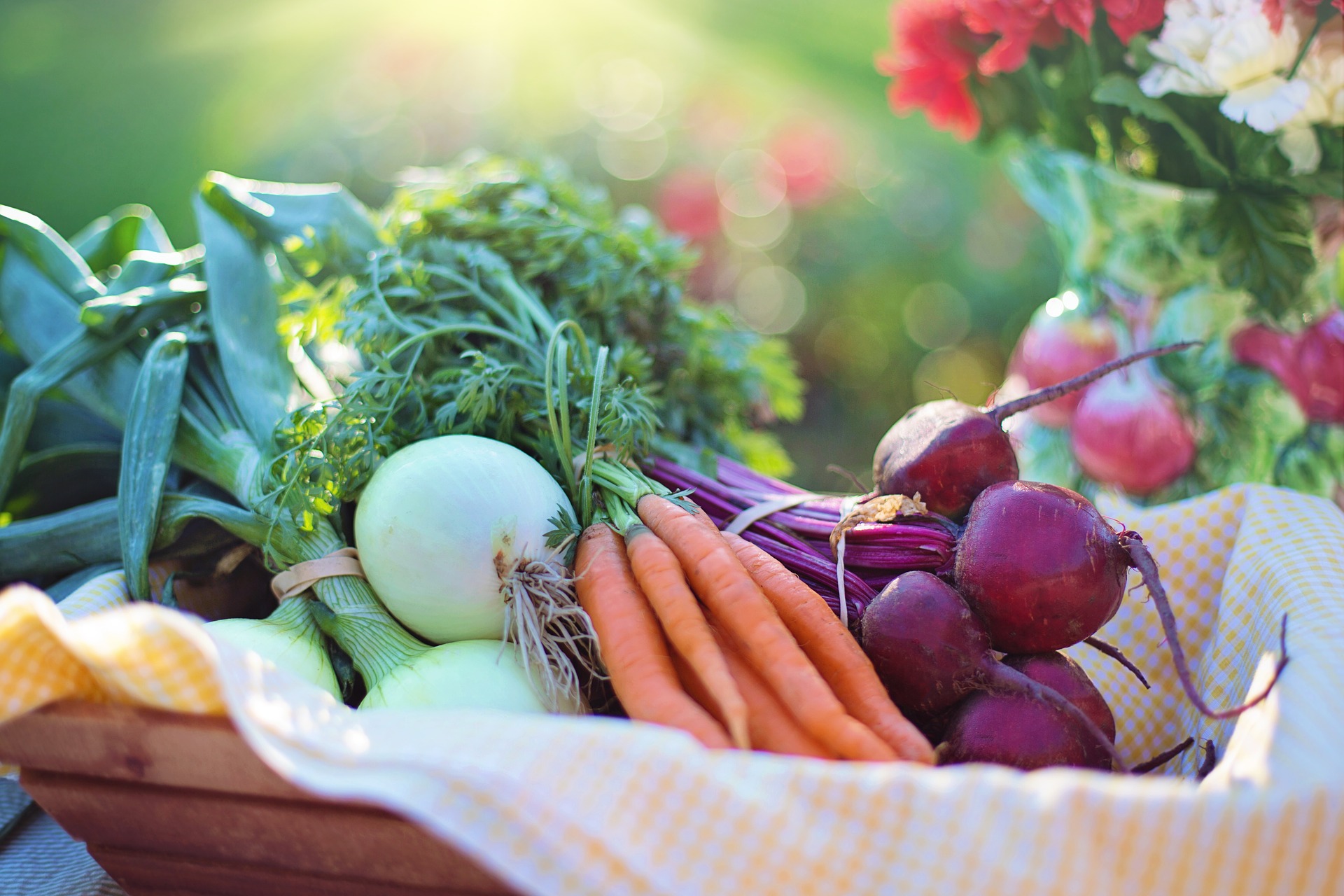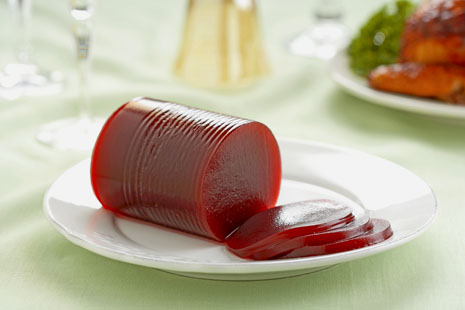“Eat fresh fruits and veggies only! The fresher the better! Canned and frozen foods have waaaay less nutrients, so don’t be gross and eat that crap!” says everyone all the time.
Well folks, they may in fact be more wrong than people who wear white after labor day (I still don’t get why that’s bad btw).
A 2015 article in New Scientist magazine titled, “Empty Calories” revealed that fresh produce in the stores may be nutritionally inferior to canned and frozen versions.
In the article, many studies reported on the nutrient content in our food. For example, one study analyzed how the nutritional profile of certain fruits and veggies change between when they’re picked and when you purchase them at the store.

Some results from the article and studies mentioned:
- Specific nutrients, such as folic acid and vitamin C, begin to degrade the moment a fruit/veggie is picked.
- When broccoli was put through a simulation that mimicked usual transport (film-wrapped and stored at 1°C for seven days, then stored at 15°C in a grocery store), the broccoli lost between 71 to 80 percent of the cancer-fighting glucosinolates and about 60 percent of its antioxidants. Holy cow!
- Most produce is picked when unripe to prevent spoilage before reaching the shelves. Unripe tomatoes are “ripened” with ethylene gas. Studies have shown this leads to lower levels of antioxidants and flavor.
- Some veggies thrive in the fluorescent lighting of stores (spinach) producing more nutrients, while others lose nutrients (broccoli and cabbage) under the same lighting.
- Peas can lose half their vitamin C within 48 hours of being picked.
So what the freak does this all mean? I’ll tells ya what it means…
Table of Contents
Fresh produce in grocery stores ain’t that ripe or fresh

Not only is it not fresh, but, depending on travel time, when the item was picked, and how long it’s been in the store, it could be majorly lacking in the nutrient department. To be clear, I’m not saying this food is worthless and should be avoided. Consuming broccoli with 40-50% of its antioxidants is still way better than not eating broccoli at all!
Decades and decades ago, people were mostly eating local foods. This was due to a lack of technology, rendering shipping from far away lands impossible. If you lived in England, you couldn’t get pineapples from Hawaii, fish from the coast of Japan, or queso blanco from Mexico.
While options were limited, the food items didn’t require a long transit time. Nor were they picked before becoming ripe to survive those long transit times. One could theorize this meant people were eating more nutritionally dense and better tasting produce than we do today.
Why should you care about nutrients?
They are necessary for your survival
This should be a given and a “duh” at this point, so I won’t spend much time here. Fruits and vegetables provide vitamins, minerals, and plant compounds that, maaaany studies show, can support you living a healthy lifestyle. Eating these foods can prevent horrible nutrient deficiencies that may result in bleeding gums, neurological issues, heart and circulation complications, birth defects, and impaired vision to name a few.
So you want them in your life and you want them in abundance.
Nutrients = flavor
Most flavors in produce are the product of the nutrients they contain. The possibility that our produce might be low in nutrients could be a HUGE reason why, on average, Americans find it so difficult to eat fruits and veggies!
A 2006 study found that 20 of the most important flavor compounds in tomatoes all came from nutrients such as omega-3 fats and amino acids.
“Flavor,” says Fred Provenza, a behavioral ecologist and professor emeritus at Utah State, “is the body’s way of identifying important nutrients and remembering what foods they come from.”
Meaning, when you taste a deliciously sweet and juicy strawberry, you’re tasting and ingesting a lot of nutrients. Your body makes a mental note that, “Strawberries have so many nutrients omg!!! I’m gonna make her crave it again when I need more nutrients!”
However, when a whole food is low in nutrients, e.g. that poor shipped broccoli head or the unripe tomato, it tastes bad. Think of the times you’ve purchased a dry, flavorless cantaloupe, a crunchy and sour strawberry, or a pale tomato with hardly any flavor or juice!
Our body then remembers that tomatoes and broccoli=flavorless, nutritionally-lacking grossness. They then scratch those foods off our craving list. Then when given the choice, our bodies choose to search out energy-dense foods that smell and taste awesome such as processed foods high in sugar, fat, and salt.

Anyone who has tasted a strawberry from a farmer’s market or a tomato picked straight off the vine knows how much more delicious they are than the store-bought versions. When they’re delicious (because they’ve ripened and maintained their nutrients due to short shipping times), you crave them more.
So our question really could be:
Is our unwillingness to eat fruit and vegetables the result of poor willpower or instead, our bodies reacting naturally to the lack of nutrients in our produce?
So that’s the situation. What can you do about it?
Unfortunately, the BEST solutions to acquire more nutrient-rich produce most people don’t want to do, can’t do, or can’t afford. These solutions include growing your own produce or purchasing produce from local, certified farmer’s markets.
If your grocery store offers local produce, choose local every time. Choose it even over organic produce that isn’t local. Here is why:
- Just because something is organic doesn’t mean it wasn’t shipped a bajillion miles to reach you. Remember, long shipping = lost nutrients.
- There is no current evidence showing that organic foods are nutritionally equal or superior to non-organic overall.
- Organic does not equal pesticide-free. Organic farms are allowed 10 different synthetic pesticides approved by the USDA.
What about us folk who don’t have a farmer’s market or can’t afford local produce?
Don’t worry friends, the future isn’t that bleak. There is another option and it may shock the raspberries out of you (even though I’m sure you guessed based on the title of this post). It goes against everything you’ve ever been told. Plus it’s cheap and convenient!
The solution is to walk away from the fresh produce section and head to the canned and frozen isles. Stick with me folks, here’s why:

Generally, when produce is ripe or “too ripe” to survive long shipping distances, it is canned or frozen. When you eat the produce, it’s basically as fresh as the day it was picked! So you’ll be getting more nutrients from frozen broccoli as you would buying that beautiful, organic broccoli from the produce section shipped from Timbuktu.
Other benefits include no preparation, longer storage times, and therefore, reduced food waste!
Crazy huh? IT FLIES IN THE FACE OF ALL NUTRITION LAWS.
If you purchase canned fruit and veggies, try to avoid added sugars, preservatives, fillings, and added salt. Also look for BPA-free cans (there will be a post about BPAs at a later time).
Final Thoughts
I know, frozen fruits and veggies aren’t exactly the best consistency when thawed out or taken straight from the can. However! There are many dishes they work perfectly with. I tracked down some helpful websites to guide you in the right direction:
5 Healthy Ways to Use Canned Fruit
Top 10 Ways to Enjoy Canned Vegetables
This is actually great news for any of you concerned about the cost of organic or fresh produce, or who hate all the prep required to cook healthy. I mean, how easy is it to dump a bag of frozen and already chopped veggies into your dinner?
So let’s give three cheers to the frozen and canned underdogs of the grocery store!











